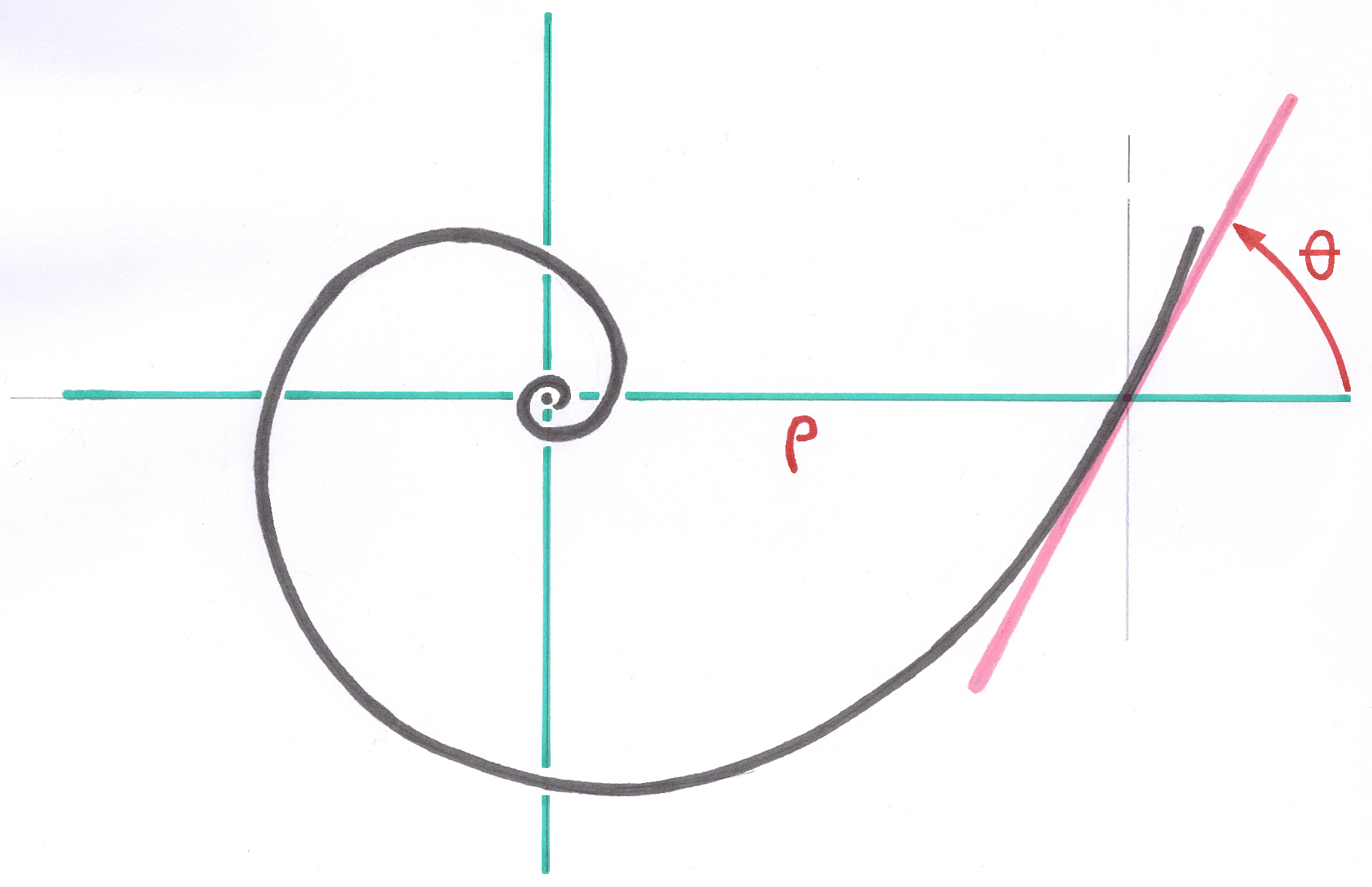4.6. The Distal Ogive Function
4.6.1. Summary
The distal ogive of stem SL Plus has as a role, as for any stem of prosthesis, to facilitate the guidance of the distal end at the time of the implantation. The shape in ogive is defined by an exponential function controlled in the distal width of the stem and a fraction of the length. This way, the esthetics of the distal point is similar for all the sizes. This function constitutes the last term of the Calcar Polynom.
4.6.2. Why an Ogive Distal shape?
The Zweymüller stems of first generation and the AlloClassic stems presented a distal point in the shape of pyramid with transition connections in arc of circle. This variation was a little too abrupt and did not observe my condition of continuity of the second derivative of the Law of the Positive Derivative.
I modified this initial form to respect the concept of continuity of the form. Naturally, a distal point in the shape of ogive also makes it possible to avoid any risk of false route at the beginning of implantation.
4.6.3. Modeling of the Distal Ogive
After application, to the Pyramidal Base Form, Fixation Function then of the Separation Function, I apply the Function of the Distal Ogive.
The Function of the Distal Ogive is an additive exponential function intended to be built-in a coherent way to the mathematical unit of the Calcar Polynom.
The vector U of the local reference U, V of the Function of the Distal Ogive is the result of an automatic calculation of the software taking into account the curve previously obtained.
The function of the Distal Ogive is applied symmetrically, medial and lateral, but also anteroposterior after application of the Shape Factor of the section of the stem at the level of the origin of the U, V mark of the ogive Distal Ogive.
I applied, however with asymmetric parameters, to the tip of the cemented Holz-Zacher-Deckner stems, a function of the same mathematical nature, which defines the Distal Ski participating in the positioning of the tip in the direction of the medial cortical when sinking into the cement.
4.6.4. The Distal Ogive is also a design element
Its vector V is defined by a parameter of lengthening common to all the sizes, multiplying the norm of the vector U with an aim of obtaining the shape of ogive having the same proportions for all the sizes of the same series of stems.
The dependance of the ogive length to the distal width of each stem defines an esthetic form for the coherence of the series.
----
Next chapter:
